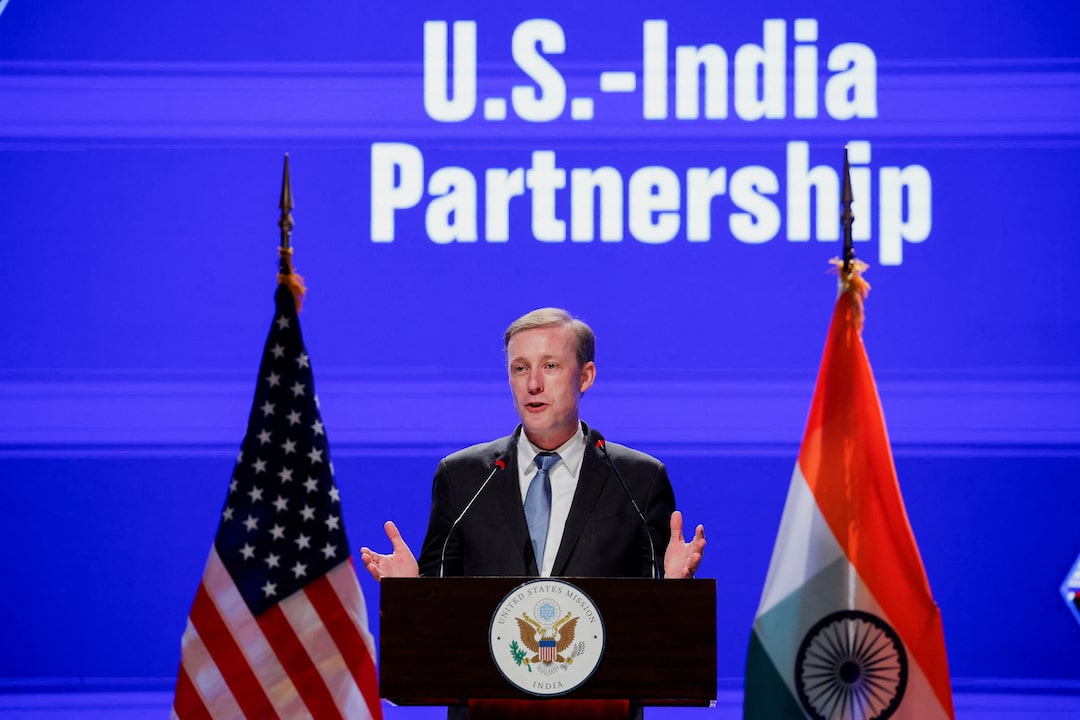US-India Energy Security Partnership
The US-India Energy Security Partnership aims to enhance bilateral energy ties. This agreement positions the US as a leading supplier of oil and gas to India. The partnership addresses trade deficits and promotes collaboration in nuclear energy. Both nations are committed to advancing the US-India 123 Civil Nuclear Agreement. This agreement focuses on building American-designed nuclear reactors in India, emphasising localisation and technology transfer.
The US-India 123 Civil Nuclear Agreement
- The 123 Agreement facilitates civil nuclear cooperation.
- It covers nuclear reactors and aspects of the nuclear fuel cycle.
- This agreement allows the US to help India with nuclear energy projects.
- It will enhance India’s nuclear capabilities while ensuring compliance with international safeguards.
- The focus is on building large-scale nuclear reactors in India through technology transfer and local manufacturing
Legislative Challenges in India
- India faces legislative hurdles to implement the partnership. Amendments to the Atomic Energy Act of 1962 and the Civil Liability for Nuclear Damage Act of 2010 are necessary.
- India plans to amend the Atomic Energy Act, 1962, to allow private companies to operate nuclear power plants and work on Small Modular Reactors (SMRs).
- The Civil Liability for Nuclear Damage Act, 2010 (CLNDA) is also set to be amended to encourage foreign investment in India’s nuclear sector.
- The US wants India to pass a law easing nuclear liability for suppliers, but India has so far only given an assurance.
The ‘810’ Authorisation Issue
- The ‘810’ authorisation restricts US companies from manufacturing nuclear equipment or working on nuclear designs outside the US.
- This limitation poses challenges for India’s Small Modular Reactor (SMR) ambitions.
- India is seeking an exception to this rule so it can produce and co-develop nuclear reactors locally.
Importance of Small Modular Reactors (SMRs)
- SMRs are small nuclear reactors (30MWe to 300MWe) that are cost-effective, flexible, and important for clean energy.
- India wants to lead in this technology to meet climate goals and use it as a foreign policy tool.
- Only Russia and China currently have operational SMRs, while companies like Holtec, Rolls-Royce, and Westinghouse are working on their own versions.
Month: Current Affairs - February, 2025
Category: International / World Current Affairs








